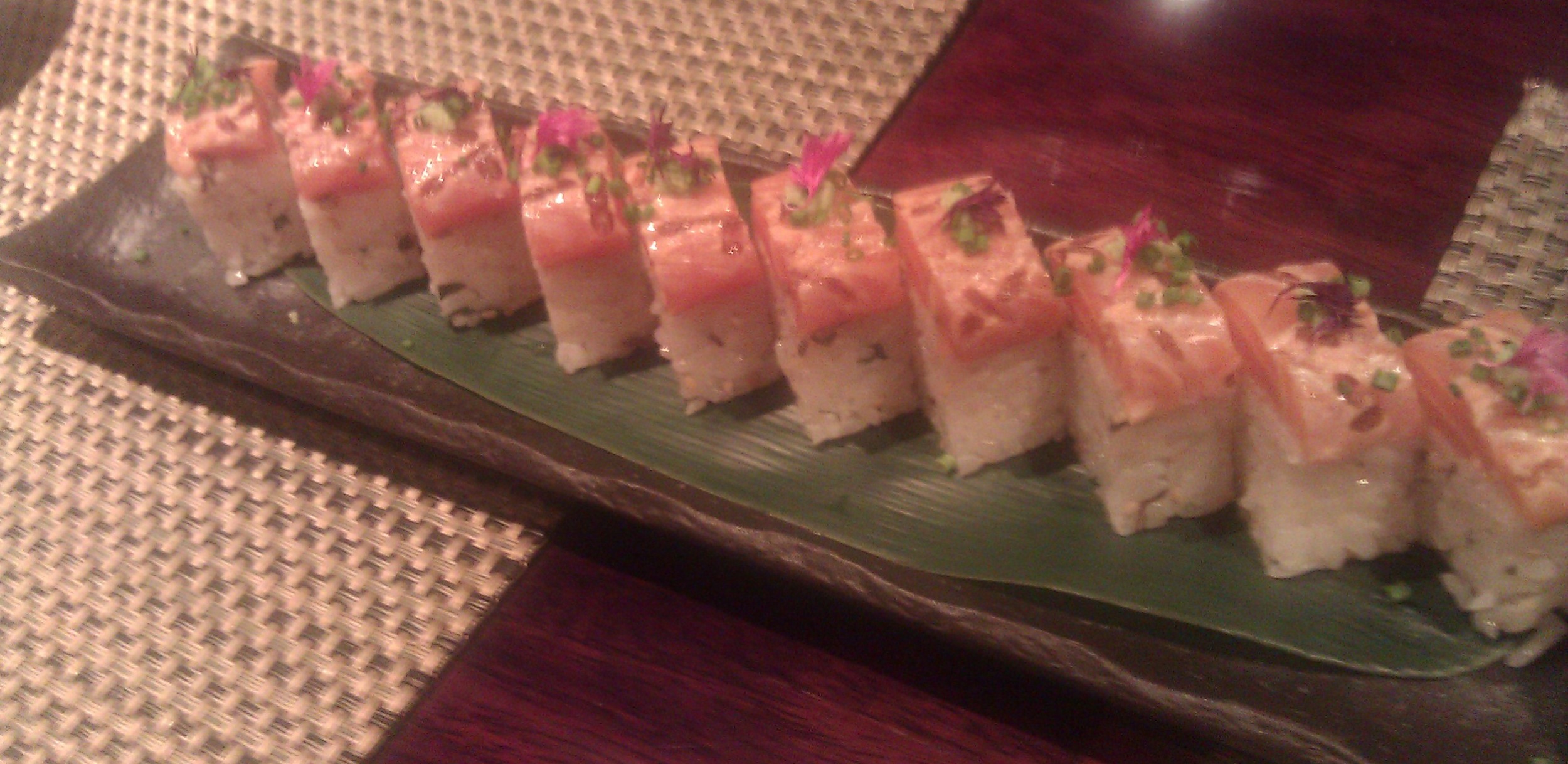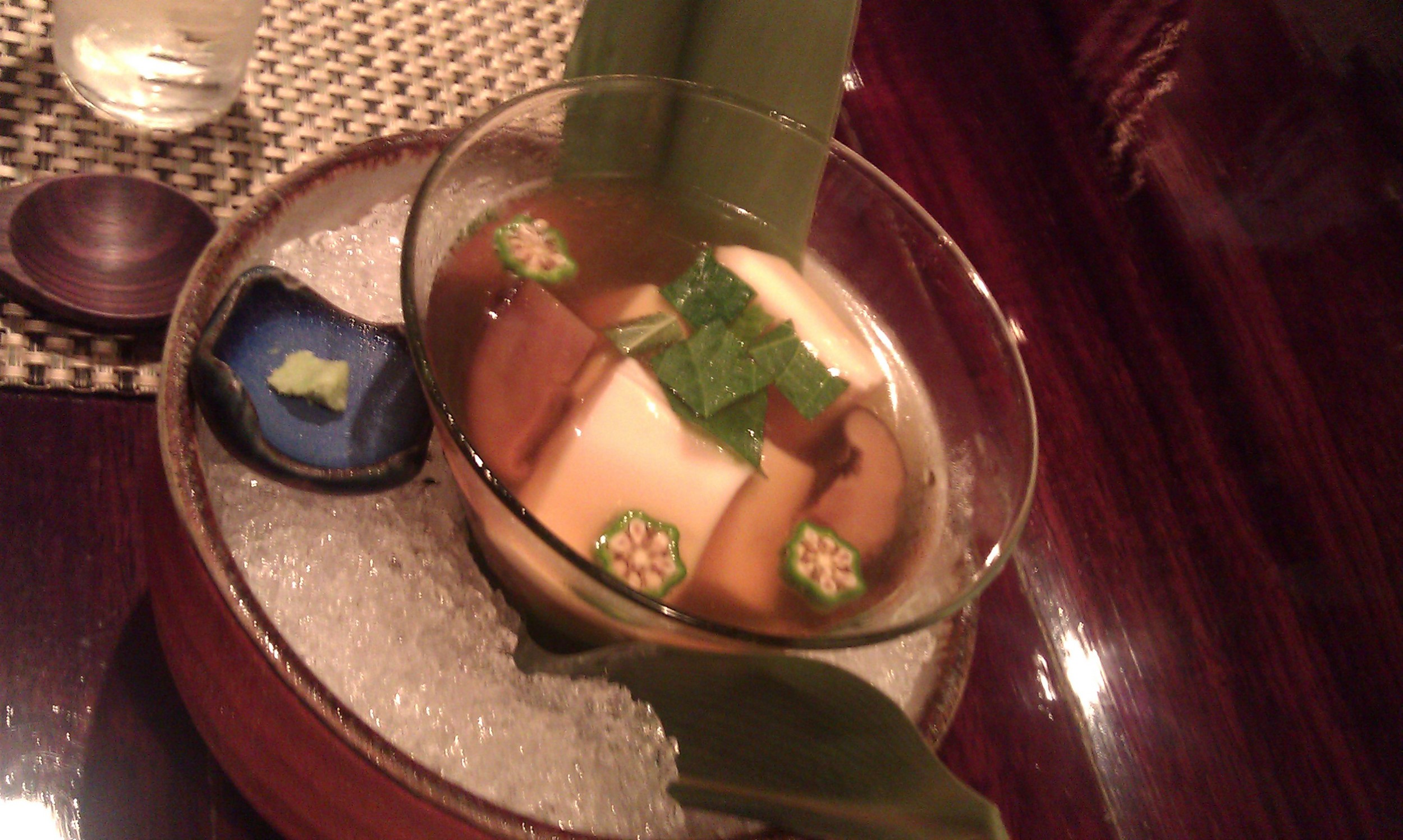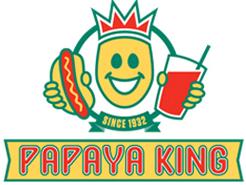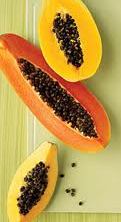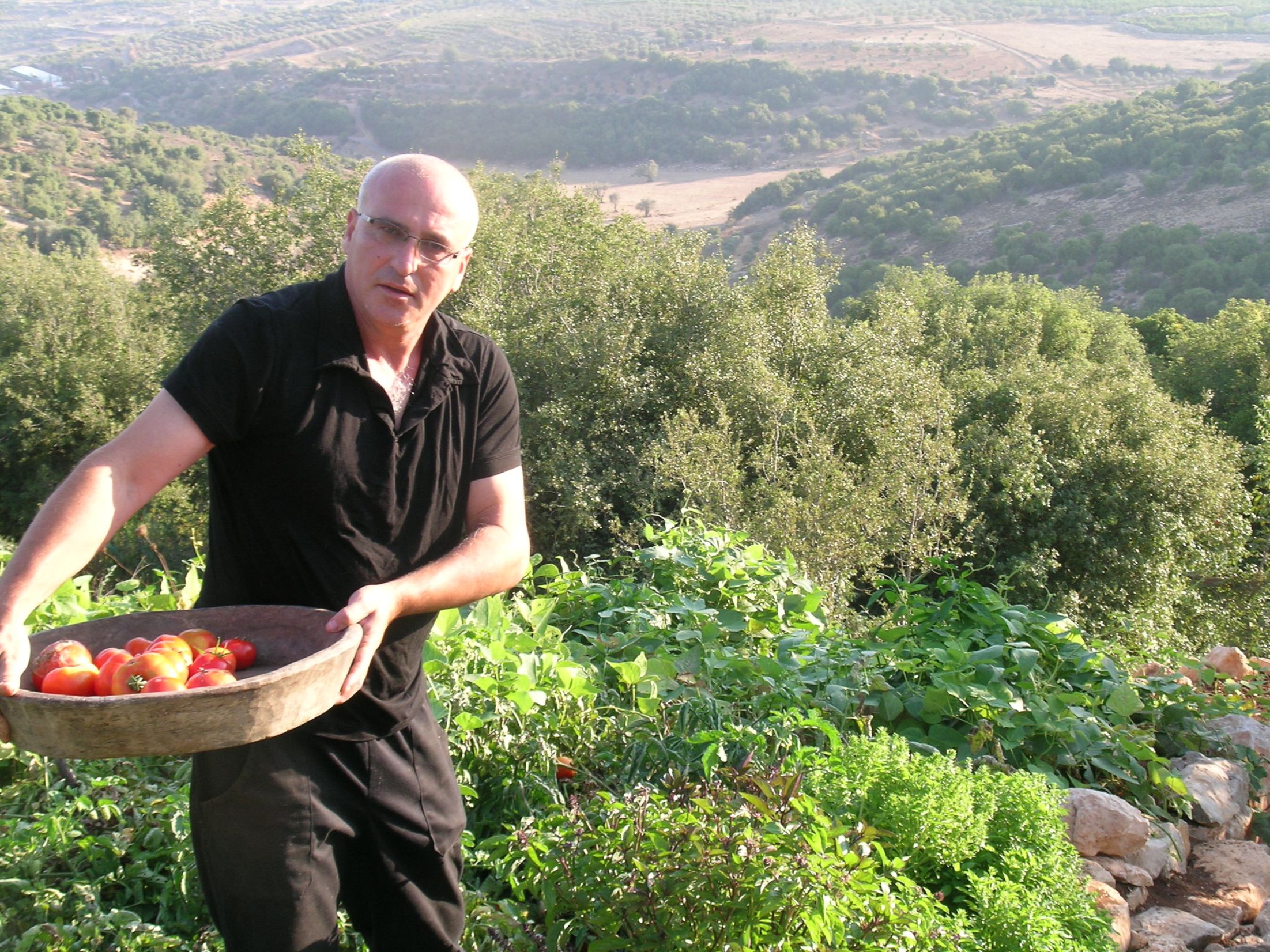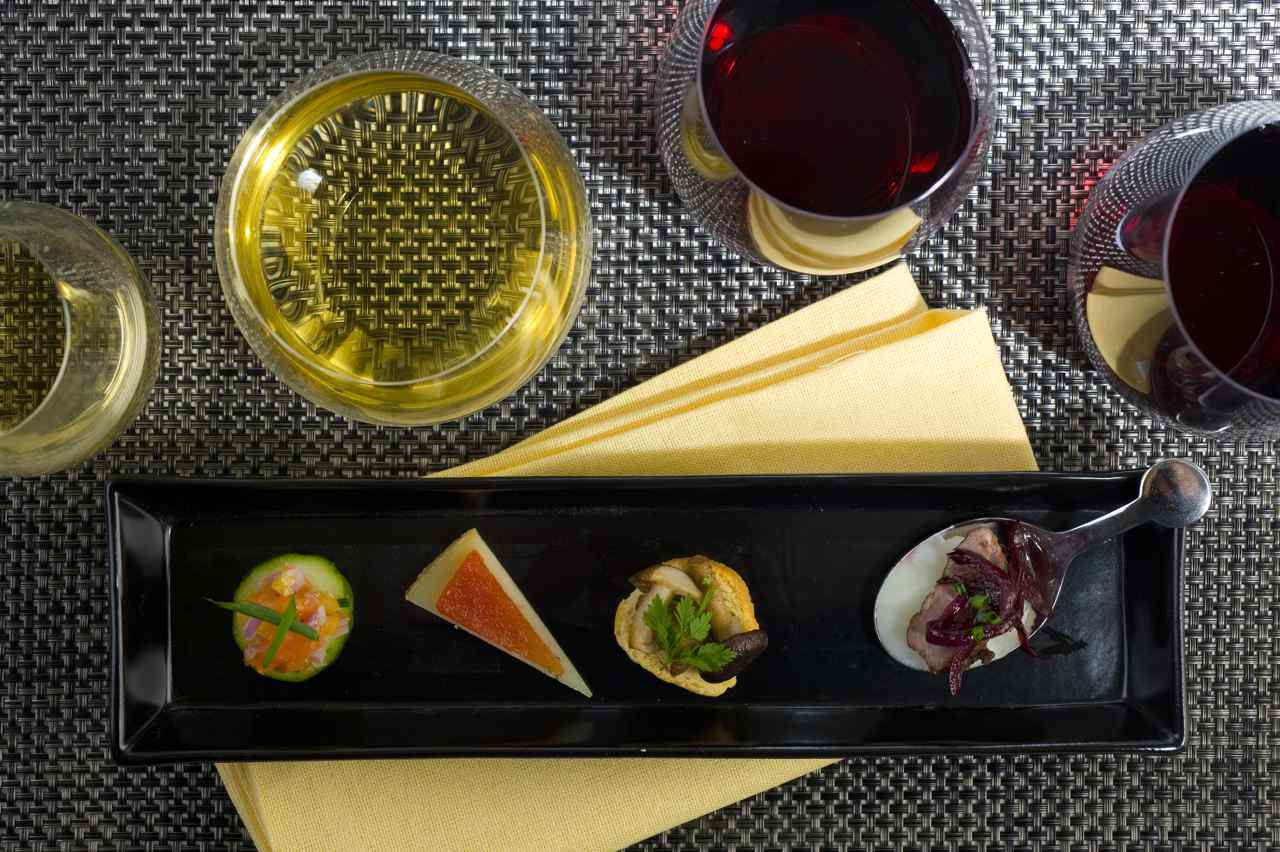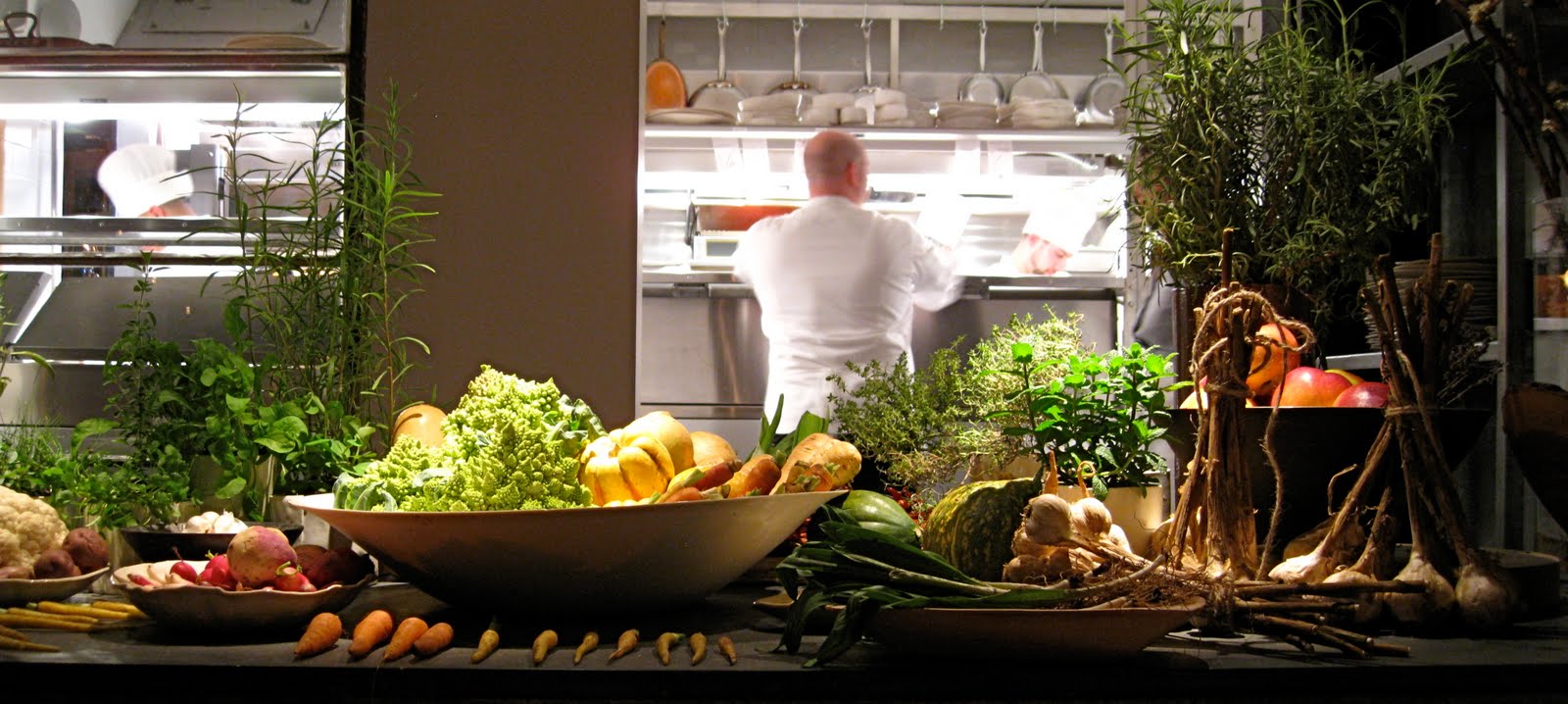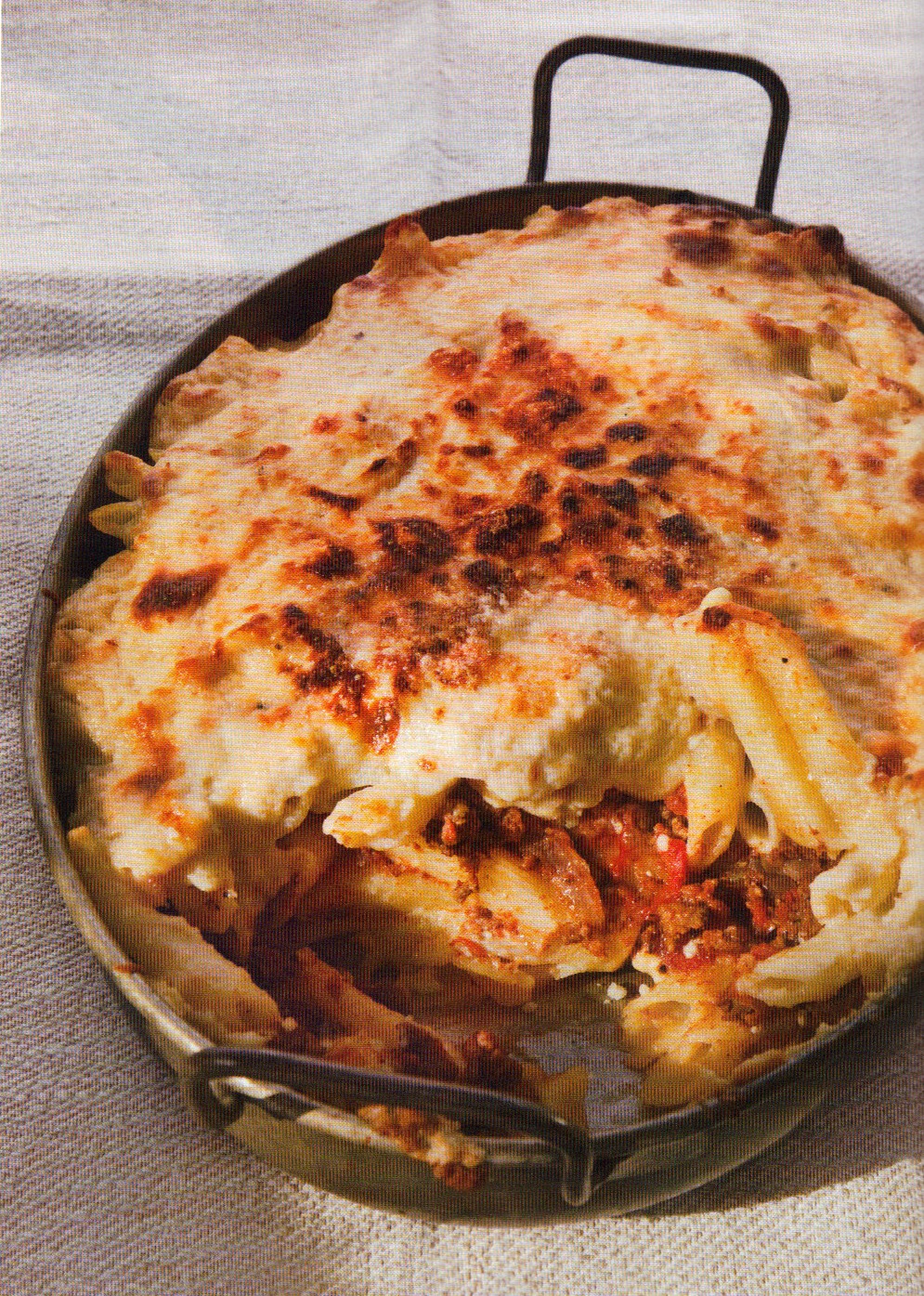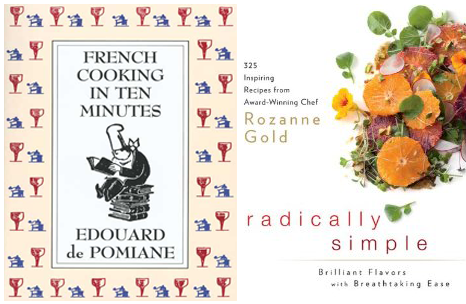 Many years ago, Edouard de Pomiane wrote an engaging book called French Cooking in Ten Minutes. I have loved that book for decades -- more for its ideology than any recipe in particular. Reading it gives you a sense of being "present," and at the brink of cooking-in-the-moment. The book calls for quite a few ingredients culled from the cupboard, cans and such, but I was thinking of all the fresh recipes one could make gleaning the season's best ingredients from the farmer's market. Those gorgeous tomatoes? In ten minutes I sliced a whole platter of them, drizzled on extra-virgin olive oil, sea salt and ground cumin, then showered the arrangement with a blanket of freshly grated Parmigiano-Reggiano. (I have recently discovered that umami-laden tomatoes have great affinity with cumin.) Or how about a lovely pea soup laced with wasabi and mint, buttermilk and shallots? I love the purple scallions now available at the Union Square Market and have taken to simply sautéing a pan full, with bits of prosciutto to pour over a filet of broiled bluefish.
My dear friend, Arthur (the food maven), has taken to eating "crudo" at home -- thin slices of raw tuna drizzled with his best olive oil, lemon, hot pepper and salt. You can make my 500-Degree Cod with Macadamia Butter & Radicchio in 10 minutes and roast an entire sheet pan of plump mussels at the same time. And this is the season when nothing satisfies quite like a big juicy sun-dried tomato burger or a sirloin steak topped with Magic Green Sauce -- you must try it -- recipe below! This sauce, which transforms almost anything -- from a simple grilled chicken paillard to roasted asparagus to a pan full of soft-scrambled eggs (also from the farmer's market), takes only minutes to make and four simple ingredients.
Many years ago, Edouard de Pomiane wrote an engaging book called French Cooking in Ten Minutes. I have loved that book for decades -- more for its ideology than any recipe in particular. Reading it gives you a sense of being "present," and at the brink of cooking-in-the-moment. The book calls for quite a few ingredients culled from the cupboard, cans and such, but I was thinking of all the fresh recipes one could make gleaning the season's best ingredients from the farmer's market. Those gorgeous tomatoes? In ten minutes I sliced a whole platter of them, drizzled on extra-virgin olive oil, sea salt and ground cumin, then showered the arrangement with a blanket of freshly grated Parmigiano-Reggiano. (I have recently discovered that umami-laden tomatoes have great affinity with cumin.) Or how about a lovely pea soup laced with wasabi and mint, buttermilk and shallots? I love the purple scallions now available at the Union Square Market and have taken to simply sautéing a pan full, with bits of prosciutto to pour over a filet of broiled bluefish.
My dear friend, Arthur (the food maven), has taken to eating "crudo" at home -- thin slices of raw tuna drizzled with his best olive oil, lemon, hot pepper and salt. You can make my 500-Degree Cod with Macadamia Butter & Radicchio in 10 minutes and roast an entire sheet pan of plump mussels at the same time. And this is the season when nothing satisfies quite like a big juicy sun-dried tomato burger or a sirloin steak topped with Magic Green Sauce -- you must try it -- recipe below! This sauce, which transforms almost anything -- from a simple grilled chicken paillard to roasted asparagus to a pan full of soft-scrambled eggs (also from the farmer's market), takes only minutes to make and four simple ingredients.
Ten-minute desserts are also exciting. Soon will come the joy of pairing fleshy peaches with fresh basil (and a splash of peach schnapps), and fragrant strawberries under a blanket of freshly-made emerald green mint sugar. I just brought home a quart of berries which my family loved -- you can tell by their color -- almost purple -- that they were going to taste great.
With a nod to Pomiane, I offer, in my book Radically Simple, more than three dozen salads, perfect for this time of year, in a chapter simply called "10-Minute Salads." 'Tis the season. Check it out.
Magic Green Sauce (from Radically Simple) From a platter of tomatoes to a juicy charred steak, this is a sauce that transforms. The flavors coalesce so that even guests who don't think they like cilantro probably will.
1 cup packed fresh cilantro leaves with a bit of their stems 1/2 cup capers, plus 2 tablespoons brine 2 tablespoons chopped scallions, white parts only 6 tablespoons olive oil
Combine the cilantro, capers, brine, and scallions in a food processor. Slowly add the oil and 2 tablespoons water; process until almost smooth. Add salt and pepper.


